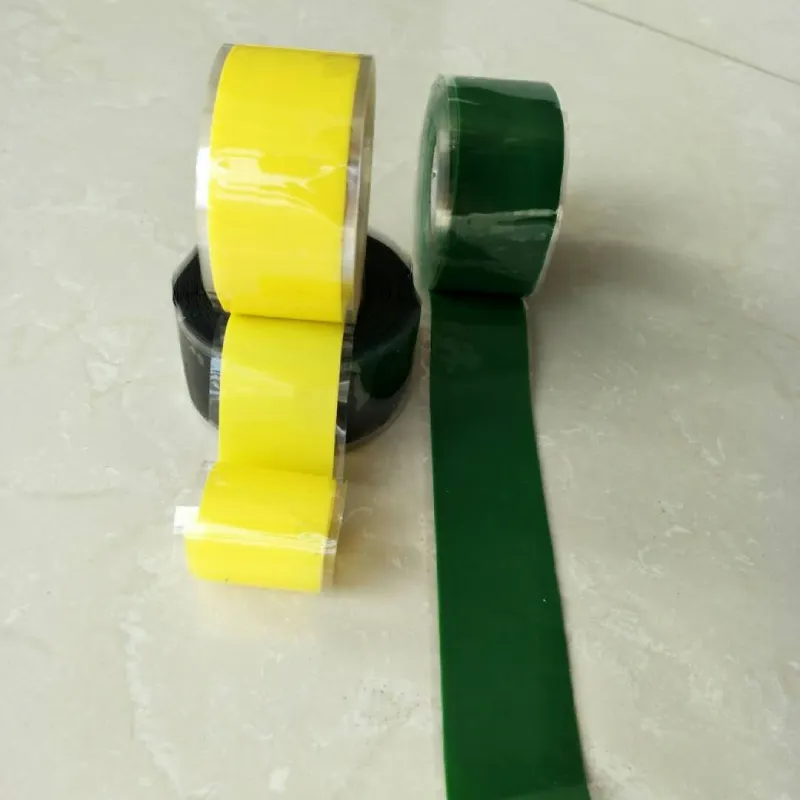The Importance of Yellow Caution Floor Tape in Safety Management
In today’s fast-paced world, safety in various environments—be it workplaces, hospitals, or public spaces—has become increasingly critical. The yellow caution floor tape has emerged as an essential tool in safety management systems, providing both visual warning and functional advantages.
What is Yellow Caution Floor Tape?
Yellow caution floor tape is a bright, highly visible tape used primarily to indicate caution and warn individuals about potential hazards in an area. Commonly made from vinyl or other durable materials, this tape is designed for both indoor and outdoor use, making it versatile enough for a range of applications. The notable yellow color serves as an immediate signal of caution, alerting people to tread carefully or stay away from danger zones. This tape can be easily applied to a variety of surfaces including concrete, wood, and tile, making it an ideal choice for many different environments.
Applications in Various Settings
1. Industrial and Manufacturing Facilities In factories and warehouses, the movement of heavy machinery and forklifts can pose serious risks to workers. Yellow caution tape is often used to delineate safe zones and restrict access to areas undergoing maintenance. By marking hazardous zones clearly, employers can help prevent accidents and injuries, ensuring a safer workspace for all employees.
2. Retail and Commercial Spaces In retail settings, yellow caution floor tape can be employed to manage customer movement during sales events, construction, or cleaning. For example, when a spill occurs, placing this tape around the affected area alerts customers to potential slipping hazards, thereby reducing the likelihood of accidents and subsequent liability claims.
3. Healthcare Facilities Hospitals and clinics are places where safety is paramount. Yellow floor tape can indicate where to tread carefully, especially in areas where the risk of infection or contamination is high. Additionally, it can be used to guide patients and visitors through complex hospital layouts, ensuring that everyone is aware of their surroundings.
yellow caution floor tape

4. Public Safety During public events, such as concerts or sporting events, yellow caution tape is often deployed to set up barriers and direct foot traffic effectively. This usage not only maintains order but also guarantees the safety of attendees by preventing overcrowding in certain areas.
Advantages of Using Yellow Caution Floor Tape
- Visibility The bright yellow color naturally catches the eye, making it effective even in dimly lit conditions. The high contrast it provides against various floor types ensures that the message of caution is understood universally.
- Cost-Effectiveness Compared to other safety measures, such as physical barriers, yellow caution tape is a more affordable option for businesses looking to enhance safety without incurring excessive costs.
- Ease of Use Yellow caution tape is easy to apply and remove, allowing for flexibility in managing safety as situations evolve. Facilities can quickly change their layouts or enhance safety measures without the need for extensive renovations.
- Customizability Beyond simple caution messages, yellow tape can be customized with text or symbols to convey specific warnings tailored to the needs of a particular environment. This level of customization enables organizations to address unique hazards effectively.
Conclusion
In summary, yellow caution floor tape is more than just a simple accessory for safety management; it is a pivotal element in creating a culture of safety across various settings. Its role in preventing accidents, guiding foot traffic, and signaling hazards cannot be overstated. By implementing this visual safety tool, organizations not only protect their employees and customers but also foster an environment that prioritizes well-being. As awareness of safety increases in our daily lives, the relevance and importance of yellow caution floor tape will continue to grow, proving that sometimes, the simplest solutions can make the most significant impact.
-
XIANGFAN Rubber Tape-Ultimate Solutions for All Your Insulation NeedsNewsJun.24,2025
-
XIANGFAN Rubber Tape-Protection for Industrial and Residential ApplicationsNewsJun.24,2025
-
XIANGFAN Rubber Tape: Superior Safety and Sealing for Demanding EnvironmentsNewsJun.24,2025
-
XIANGFAN Rubber Tape: Reliable Solutions for Every Electrical ChallengeNewsJun.24,2025
-
XIANGFAN Electrical & Industrial Tape: Powering Reliability Across IndustriesNewsJun.24,2025
-
XIANGFAN Electrical & Industrial Tape: Excellence in Every ApplicationNewsJun.24,2025
